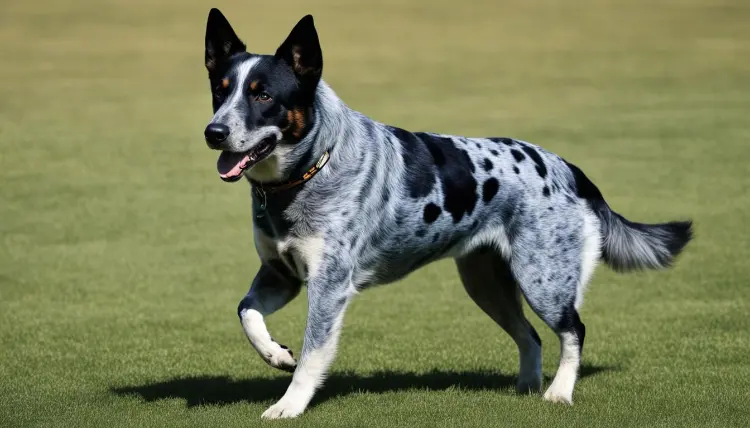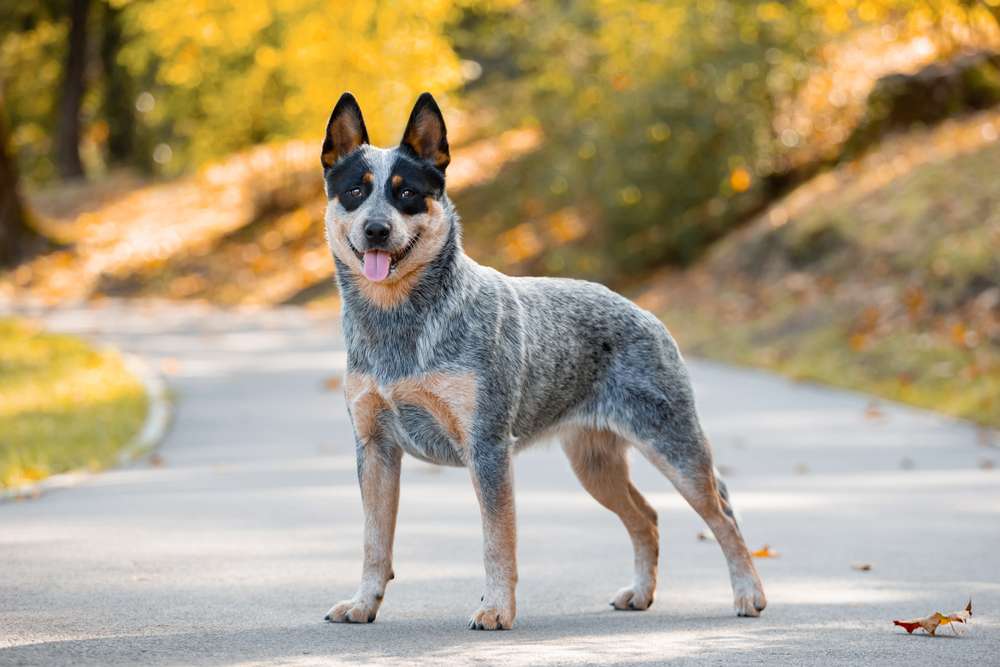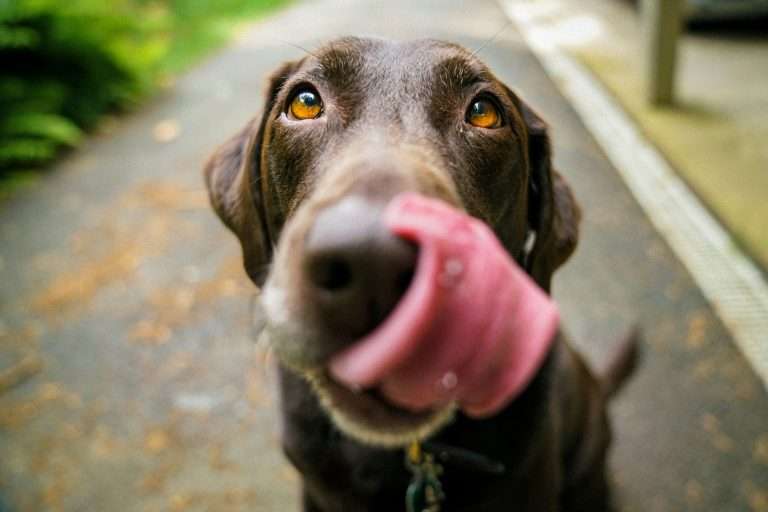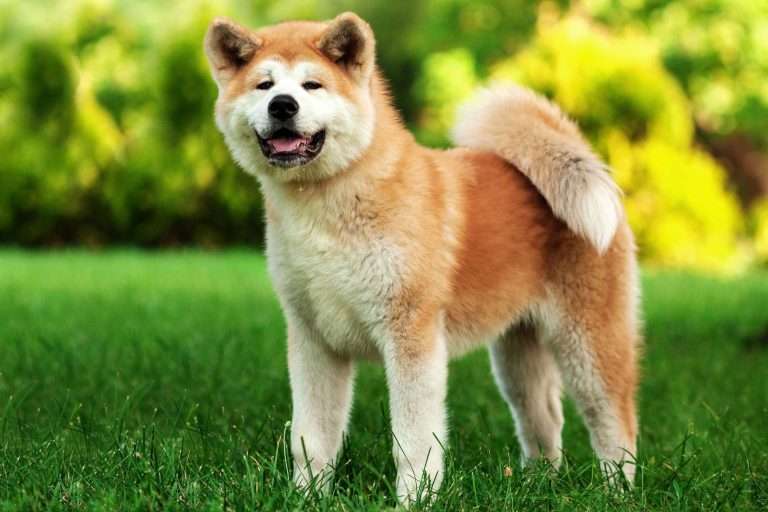Best Dog Food for Blue Heelers: A Complete Guide for Active Pups

Blue Heelers are known for their boundless energy and hardworking nature. A diet tailored to their needs is essential to keep them performing at their best. These active pups thrive with high-quality food that supports their energy levels, muscle health, and overall well-being.
If you’re unsure where to start, check out these nutrition tips to better understand your Blue Heeler needs. Providing the right food isn’t just about keeping them going—it’s about helping them thrive daily.
Table of Contents
Understanding Blue Heelers’ Nutritional Requirements
Blue Heelers, or Australian Cattle Dogs, are highly active and strong-willed. Their boundless energy and sharp agility mean they need a diet that matches their lifestyle. Meeting their nutritional requirements is key to keeping them healthy, happy, and ready for any challenge.
Energy Needs and Activity Level
Blue Heelers are always on the go, whether herding cattle or playing with their owners. Their energy demands are high, so their diet should reflect that. Proper nutrition starts with high-quality protein for muscle repair and maintenance. Look for dog food with at least 20-30% protein to fuel their active lifestyle.
Fats are another essential component. Healthy fats like omega-3s provide energy and support skin and coat health. Foods with 10-15% fat content are ideal for these energetic pups. Wondering why carbs matter? Blue Heelers also benefit from complex carbohydrates for sustained energy. Sweet potatoes and brown rice are excellent ingredients to watch for in dog food.
If you’re curious about portion sizes, tailoring your meals to your activity level and weight is best. Check out this helpful resource on Blue Heeler diets for a detailed guide.

Common Health Issues
Every breed has unique health considerations, and Blue Heelers are no exception. The good news? Many of their everyday health concerns can be mitigated through a well-balanced diet.
Here’s a quick look at conditions to watch for:
- Hip and Elbow Dysplasia: Joint-friendly supplements like glucosamine and chondroitin are your best allies here.
- Progressive Retinal Atrophy (PRA): Foods with antioxidants like blueberries and carrots support eye health.
- Obesity: Blue Heelers love food, but overfeeding can lead to weight gain. Stick to measured servings and provide plenty of exercise.
- Allergies: Limited-ingredient diets are great for addressing skin irritations or sensitivities.
Managing these issues with proper nutrition ensures your pup stays spry and ready for action. For more details on their needs, this nutrition guide for Blue Heelers is a fantastic reference.
By recognizing their energetic nature and understanding breed-specific health risks, you can choose a diet that keeps your Blue Heeler thriving. Whether herding cattle or snuggling on the couch, proper nutrition is the foundation of their well-being.
Top Recommended Dog Foods for Blue Heelers
Choosing the right dog food is essential when fueling your Blue Heeler’s active lifestyle. These hardworking pups need diets packed with nutrients to support their energy levels, muscle health, and overall vitality. Below are some of the top recommended dog foods tailored for Blue Heelers.
Orijen Six Fish Grain-Free Dry Dog Food

Photo by MART PRODUCTION
Orijen Six Fish is an exceptional option for Blue Heelers. This grain-free formula is packed with biologically appropriate ingredients and features six fish proteins like mackerel, herring, and flounder. It’s loaded with omega-3 fatty acids, which promote joint health, a shiny coat, and strong muscles.
The food also includes nutrient-dense fruits and vegetables, making it a powerhouse for your dog’s immune system. If your Blue Heeler spends much time running or herding, this high-protein option fits the bill perfectly. Learn more about supporting active pups with great nutrition on our Dog Breeds page.
Purina Pro Plan
Purina Pro Plan’s Sport Performance Formula is a top pick for Blue Heelers with high energy. This dog food is designed specifically for active breeds and includes a balanced combination of 30% protein and 20% fat. It fuels endurance and helps maintain lean muscle.
Purina Pro Plan also contains glucosamine for joint care, which is ideal for minimizing wear and tear on your pup’s joints after long days of running and playing. This is a go-to formula, whether on the farm or at the park. You can learn about high-protein dog food diets on platforms like Petco’s Guide.
Wellness CORE Grain-Free
If you’re looking for a grain-free option tailored to an energetic Blue Heeler, Wellness CORE won’t disappoint. Protein is the first ingredient, ensuring your dog gets the necessary muscle fuel. Ingredients like turkey, chicken, and salmon oil build muscle mass while promoting a lush, healthy coat.
Wellness CORE is also rich in antioxidants, probiotics, and taurine — perfect for heart health and digestion. It’s suitable for dogs that may have sensitivities or allergies. Curious about other nutritional tips? Check out this Nutrition Guide for Blue Heelers.
Taste of the Wild High Prairie Canine Recipe
Taste of the Wild is a favorite among pet owners thanks to its all-natural recipe and focus on high-quality ingredients. The High Prairie formula features bison, roasted venison, and lamb as primary proteins, ensuring it aligns perfectly with a Blue Heeler’s active lifestyle.
In addition to proteins, this recipe includes sweet potatoes, peas, and blueberries for a healthy mix of complex carbs and antioxidants. These sustain your pup’s energy throughout the day and boost immune health. It’s grain-free, making it a great fit if your Blue Heeler has specific sensitivities. Explore more dog breed guides for optimal feeding here.
By picking the right food, you’re ensuring your Blue Heeler gets the nutrients they need to thrive—whether they’re chasing cattle or enjoying a well-deserved nap.
Feeding Guidelines for Blue Heelers
Understanding the feeding needs of your Blue Heeler is crucial for maintaining their active lifestyle and long-term health. This vibrant and energetic breed thrives with food tailored to their age and activity level. Let’s dive into the essential guidelines.
Age Considerations: Differentiate between feeding a puppy, adult, and senior Blue Heeler
Blue Heelers experience different nutritional requirements as they grow from puppies to seniors. Tailoring their diet based on their life stage helps ensure they receive the essential nutrients.
Puppies
Puppy Blue Heelers are growing at a fast pace. They need protein-rich food (around 22-32%) to support muscle development and calcium for strong bones. Choose a high-quality puppy food designed for medium to large-breed pups, and feed them 3-4 small meals a day to prevent overeating and aid digestion.
Adults
Once your Blue Heeler reaches adulthood, the focus shifts from growth to maintenance. Adult dogs should eat foods with a balanced mix of proteins, healthy fats, and complex carbs. A general guideline is feeding them two meals daily, ensuring their portion size aligns with their weight and activity level. Want a closer look at what an ideal adult diet might look like? This Blue Heeler feeding guide offers helpful insights.
Seniors
A senior Blue Heeler’s metabolism slows down and may become less active. To cater to their changing needs, consider switching to a senior-specific formula. Look for foods with antioxidants, glucosamine, and reduced calories to maintain joint health and manage weight. Feeding them 1-2 smaller meals daily is often more comfortable for aging dogs.
Adjusting Based on Activity Level: Provide insight into how to adjust portions based on daily activity
Blue Heelers’ energy demands vary greatly based on their daily routine. Whether herding cattle or enjoying a slower pace at home, their caloric intake must match their activity.
Highly Active Dogs
Blue Heelers working on farms or engaging in rigorous activities may need up to 1,200-1,800 calories daily. Look for energy-dense foods with high protein (25% or more) and fat content. These nutrients fuel long-lasting energy while supporting muscle repair.Moderately Active Dogs
For dogs that enjoy a couple of walks or play sessions daily, aim for 800-1,200 calories per day. Focus on a balanced diet with moderate protein and fat levels to maintain a lean, healthy body condition.- Low Activity Dogs
Blue Heelers with a more sedentary lifestyle require fewer calories to prevent weight gain. Around 600-800 calories per day, focusing on portion control and low-fat meals may suffice. You can explore finding the right balance in this Australian Cattle Feeding Guide.
Tips for Adjusting Portions:
- Use your dog’s weight and activity level as a baseline.
- Monitor their body condition regularly. You should feel their ribs but not see them.
- Don’t forget about treats! They count towards daily calories, so offer them sparingly.
Understanding your Blue Heeler’s unique needs, paired with proper portion control, ensures they stay energized and thrive no matter their day.
Homemade Dog Food Options
Preparing food for your Blue Heeler at home can be a great way to ensure they eat fresh, wholesome ingredients. Homemade meals are customizable, making catering to specific dietary needs or preferences easier. However, striking the right balance of nutrients is essential to keep your dog healthy and active.
Balanced Nutrition Requirements

Photo by Katerina Holmes
When it comes to homemade dog food, balance is key. Your dog’s diet should contain essential nutrients tailored to support their active lifestyle. Blue Heelers, in particular, require meals rich in energy and nutrients to keep up with their activity levels. Here’s what you should include:
- Proteins: The foundation of your dog’s diet. Incorporate lean meats like chicken, turkey, or beef, which are necessary for muscle maintenance and growth. Aim for protein to make up 20-30% of the meal.
- Healthy Fats: Fats are an excellent energy source. Add fish, flaxseed, or small amounts of olive oil for omega-3 and omega-6 fatty acids that support their coat and joints.
- Complex Carbs: Brown rice, quinoa, and sweet potatoes are great options to provide sustained energy.
- Vitamins & Minerals: Vegetables like carrots, spinach, and broccoli deliver significant vitamins, antioxidants, and fiber. These help with digestion and overall immune health.
- Calcium & Phosphorus: Essential for strong bones and teeth. Consider adding ground eggshells or a calcium supplement to homemade meals.
If you’re looking for meal inspiration, check out this balanced homemade dog food recipe that focuses on providing a complete set of nutrients.
Tips for Balanced Homemade Meals
- Consult a veterinarian to confirm your recipes meet your Blue Heeler’s dietary needs.
- Avoid harmful foods like onions, garlic, chocolate, and artificial sweeteners like xylitol.
- Rotate ingredients to maintain variety and prevent dietary deficiencies.
- Incorporate occasional treats like these easy homemade dog cake recipes for a unique twist on their meals.
By preparing meals at home, you’re not just feeding your dog—you’re showing care and love in every bite. Keep their energy and health in check with the right mix of nutrients.
FAQs About Choosing the Best Food for Blue Heelers
What should I look for in dog food for Blue Heelers?
Choose food with high-quality proteins, healthy fats, and essential nutrients. Blue Heelers are active dogs requiring a nutrient-dense diet to support their energy levels. Look for options with natural ingredients and avoid fillers.
How much should I feed my Blue Heeler daily?
Meal portions depend on their age, weight, and activity level. Generally, active adult Blue Heelers need about 1.5-2.5 cups of high-quality dry food per day, split into two meals. Constantly adjust portions based on your dog’s needs.
Are grain-free diets good for Blue Heelers?
Grain-free diets can benefit Blue Heelers with allergies or sensitivities to grains. However, ensure the food includes alternative carbohydrates like sweet potatoes or peas. Consult a vet for advice specific to your dog.
Can Blue Heelers eat raw food?
Raw diets can work for Blue Heelers if properly balanced and prepared. Include raw meats, bones, and vegetables. Ensure all nutrients are covered to avoid deficiencies.
What type of dog food is best for Blue Heeler puppies?
Puppy-specific formulas high in protein and fat are essential for Blue Heeler growth. Look for DHA for brain development and controlled calcium levels to support healthy bones.
For helpful feeding guides, check out Nutrition Tips.
Should I include supplements in my Blue Heeler’s diet?
Supplements like fish oil or glucosamine can promote joint and coat health, especially for active dogs. Introduce supplements only as advised by your vet.
How do I know if my Blue Heeler’s diet is working?
Monitor their energy, weight, stool quality, and coat condition. Any changes in these areas could signal a need to adjust their diet.
Looking for more breed-specific insights? Read about Dog Breeds And Photos.
Is wet food better than dry food for Blue Heelers?
Both options work well. Dry food aids dental health, while wet food provides hydration and is easier to digest. Consider mixing for variety.
Can Blue Heelers have food allergies?
Blue Heelers, like any breed, can develop food allergies. Common culprits include chicken, beef, dairy, and grains. Switch to limited ingredient or hypoallergenic formulas if you notice symptoms.
For more food recommendations, check out Best Dog Food for American Bullies, as some options may overlap.
Conclusion and Final Thoughts
Choosing the right dog food for your Blue Heeler goes beyond simply filling their bowl. It’s about supporting their unique energy, health, and overall well-being. When you opt for high-quality, nutritionally balanced food, you invest in your dog’s quality of life.
Why the Right Food Matters
Your Blue Heeler’s diet is the foundation of your health and vitality. Highly active dogs require a diet rich in protein, healthy fats, and a balance of essential nutrients. The wrong diet can lead to low energy, health problems, or even complicated breed-specific issues like joint concerns. This is why selecting appropriate food is critical. Check out this dog breed list for a deeper dive into selecting dog food for specific breeds.
Long-Term Benefits of Proper Nutrition
Feeding your Blue Heeler high-quality food isn’t just about immediate satisfaction; it offers long-term rewards:
- Improved Joint Health: Foods with glucosamine can help offset wear and tear from their active lifestyle.
- Better Coat and Skin: Omega-3 and omega-6 fatty acids promote a shiny, itch-free coat.
- Enhanced Energy Levels: A balanced diet with complex carbs keeps your pup active throughout the day.
- Reduced Health Issues: Proper nutrition lowers the risk of obesity and other common health concerns.
Providing top-notch food tailored to your dog’s needs can extend their lifespan and keep them thriving. Learn more about choosing the right mix through this guide to dog food choices.
Final Reminder
Every Blue Heeler is unique, and their dietary needs may vary based on age, activity level, and health status. Pay close attention to what works best for your pup. When in doubt, consult your veterinarian. They can help tailor a diet plan that aligns with your Blue Heeler’s needs. You can also explore additional tips on maintaining an active dog’s health through resources like this nutrition guide.
Taking the time to understand and meet your dog’s nutritional requirements pays off in countless ways. It’s like fueling a sports car—high performance requires high-quality fuel. Your Blue Heeler deserves nothing less.






